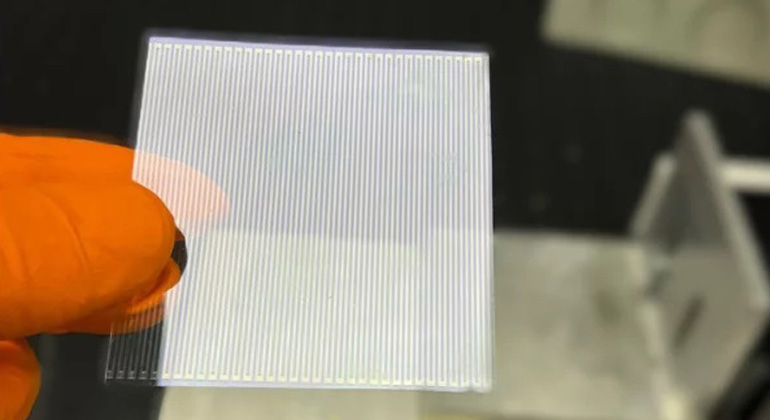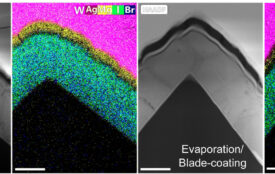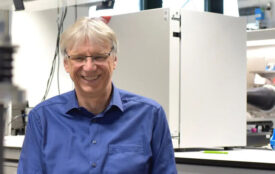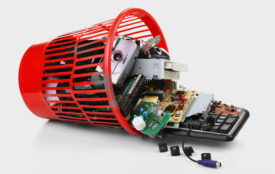New nano-device could mean your run could power your electrical wearables
Your early morning run could soon help harvest enough electricity to power your wearable devices, thanks to new nanotechnology developed at the University of Surrey.
Surrey’s Advanced Technology Institute (ATI) has developed highly energy-efficient, flexible nanogenerators, which demonstrate a 140-fold increase in power density when compared to conventional nanogenerators. ATI researchers believe that this development could pave the way for nano-devices that are as efficient as today’s solar cells.
Surrey’s devices can convert small amounts of everyday mechanical energy, like motion, into a significantly higher amount of electrical power, similar to how an amplifier boosts sound in an electronic system. For instance, if a traditional nanogenerator produces 10 milliwatts of power, this new technology could increase that output to over 1,000 milliwatts, making it suitable for energy harvesting in various everyday applications.
ATI’s nanogenerator works like a relay team – instead of one electrode (the runner) passing energy (charge) by itself. Each runner collects a baton (charge), adds more and then passes all batons to the next runner, boosting the overall energy that is collected in a process called the charge regeneration effect.
The device is a triboelectric nanogenerator (TENG) – a device that can capture and turn the energy from simple, everyday movements into electricity. They work by using materials that become electrically charged when they come into contact and then separate – similar to when you rub a balloon on your hair, and it sticks due to static electricity.
- The study has been published in Nano Energy.








